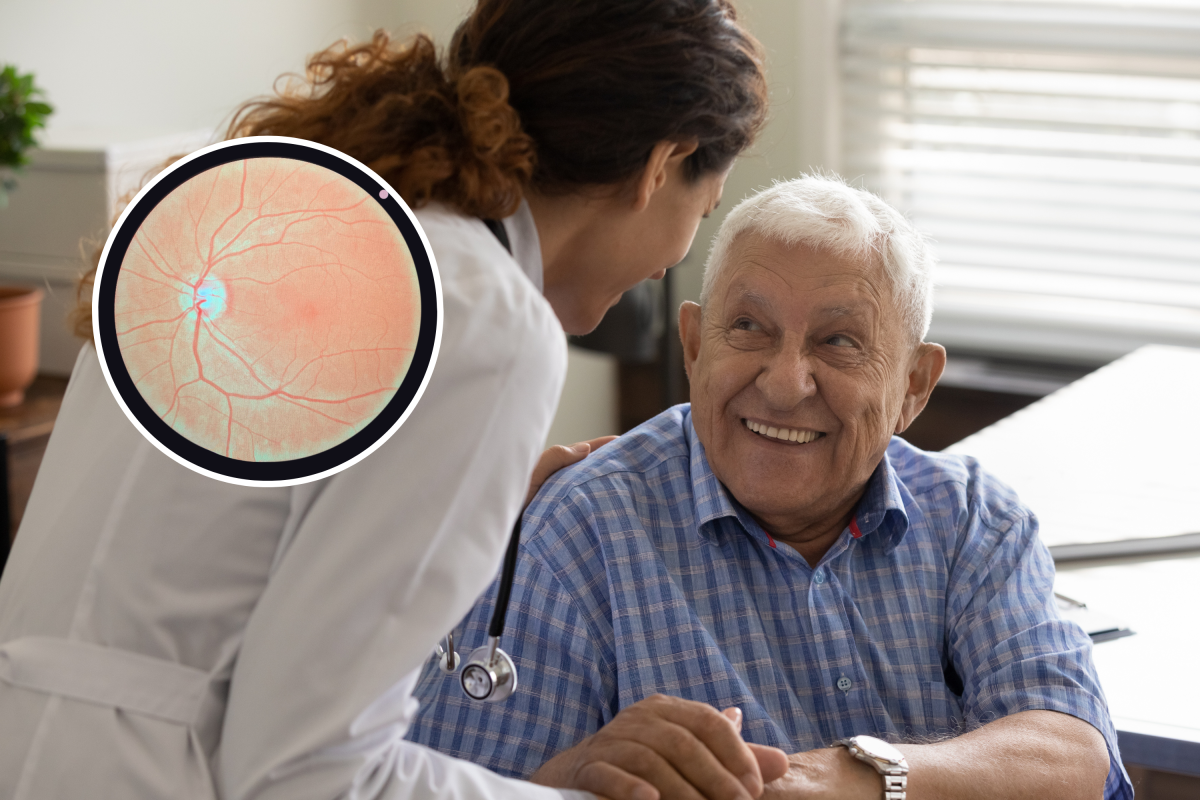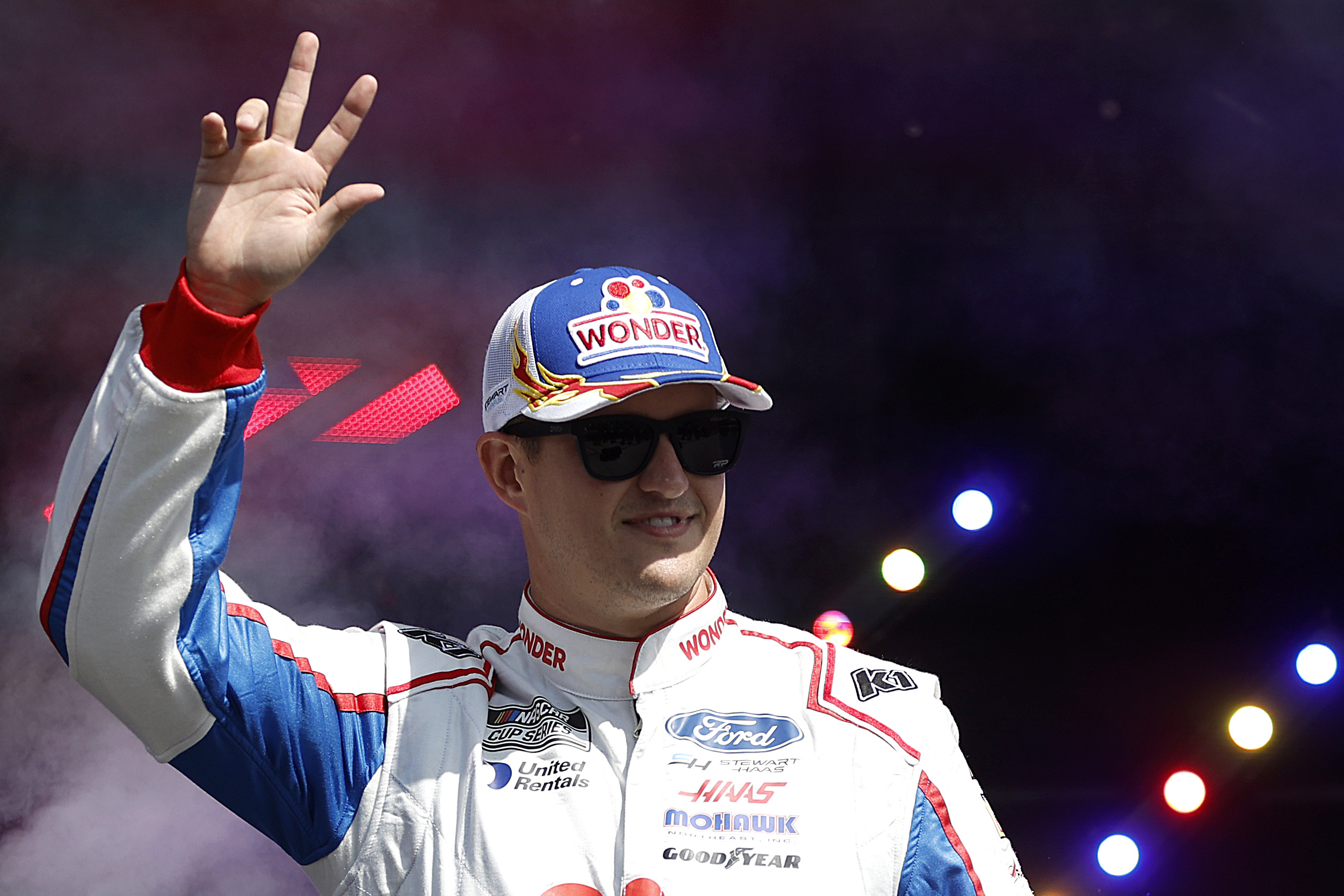Scientists may be able to predict our risk of stroke by taking pictures of our eyes, according to a study published on Monday.
Every 40 seconds, someone in the United States has a stroke, the Centers for Disease Control and Prevention estimates. That's more than 795,000 strokes each year.
A stroke happens when blood flow is blocked to a part of the brain, causing disability or death.
Currently, doctors can assess a person's risk of stroke only by performing invasive tests or asking about lifestyle and health factors—such as weight, diet, exercise, smoking and other health conditions, including high blood pressure and diabetes.
But scientists have found a new way to predict a stroke, which they say may be as effective as relying on traditional risk factors: using photos of the eye.

At the back of the eye, there is light-sensitive tissue filled with tiny blood vessels called the retina that we use to see.
This intricate blood-vessel network is known to share similarities with the blood vessels in the brain, so scientists can use it to assess blood-vessel damage in the brain.
An international team of ophthalmologists—eye scientists—analyzed pictures of the retinas of more than 45,000 people. They used a specialized imaging technique called fundus photography to help them analyze the quality of the blood vessels.
The study was published in the scientific journal Heart, associated with The BMJ.
Participants in the study were involved in the U.K. Biobank, and the scientists used a machine learning program called Retina-based Microvascular Health Assessment System for their analysis.
They measured 118 possible differences between individuals' retina "fingerprints," related to the density, complexity, twistedness, angles and thickness of the blood vessels.
Over an average of 12.5 years, 749 of the study participants had a stroke. They were more likely to be older, male, smokers, diabetic and overweight. They also had higher blood pressure and lower levels of HDL ("good") cholesterol.
After adjusting for these known stroke risk factors and others, the scientists found that 29 measurable "fingerprint" differences were related to the risk of having a stroke for the first time.
Of those, 17 were related to the density of the blood vessels, with each change in density linked with a 10 to 19 percent difference in stroke risk.
The ophthalmologists concluded that retina imaging was a practical and implementable way to assess individuals' stroke risk, especially in places where health care resources were tight.
This was an observational study about mainly white British participants, so its findings may not apply to people of different ethnicities.
Is there a health problem that's worrying you? Do you have a question about strokes? Let us know via health@newsweek.com. We can ask experts for advice and your story could be featured in Newsweek.
Reference
Yusufu, M., Friedman, D. S., Kang, M., Padhye, A., Shang, X., Zhang, L., Shi, D. & He, M. (2025). Retinal vascular fingerprints predict incident stroke: findings from the UK Biobank cohort study, Heart. https://doi.org/10.1136/heartjnl-2024-324705




















 English (US) ·
English (US) ·